I'm currently writing a gravity-simulation and I have a small problem displaying the particles with OpenGL.
To get "round" particles, I create a small float-array like this:
for (int n = 0; n < 16; n++)
for (int m = 0; m < 16; m++)
{
AlphaData[n * 16 + m] = ((n - 8) * (n - 8) + (m - 8) * (m - 8) < 64);
}
I then put this in a GL_TEXTURE_2D with format GL_RED. In the fragment shader (via glDrawArraysInstanced), I draw the particles like this:
color = vec4(ParticleColor.rgb, texture(Sampler, UV).r);
This works as it should, producing a picture like this (particles enlarged for demonstration):
As you can see, no artifacts. Every particle here is the same size, so every smaller one you see on a "larger" particle is in the background and should not be visible. When I turn on depth-testing with
glEnable(GL_DEPTH_TEST);
glDepthFunc(GL_LESS);
So for the most part, this looks correct ("smaller" particles being behind the "bigger" ones). But I now have artifacts from the underlying quads. Weirdly not ALL particles have this behavior.
Can anybody tell me, what I'm doing wrong? Or do depth-testing and blending not work nicely together?
I'm not sure, what other code you might need for a diagnosis (everything else seems to work correctly), so just tell me, if you need additional code.
I'm using a perspective projection here (of course for particles in 3D-space).

